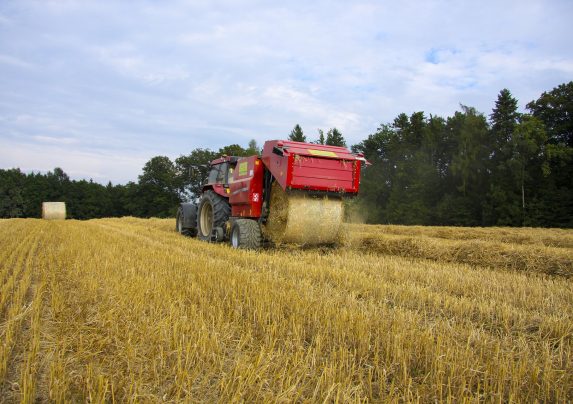Increasing Production
Work smarter, not harder, to increase productivity
Why should you work to improve productivity?
A productive farm is efficient and resilient. The productivity of our farms affects our competitiveness, income and savings, and quality of life.
Farm productivity is defined as the ratio of agricultural outputs to inputs. We are all aiming for the optimum volume of quality output from our inputs, whilst maintaining standards. Even though all farms are different, it is important to be able to compare our farm performance with other similar farms. By doing so, we can be sure that the view we hold of our farms performance and productivity is accurate (or not). It will also allow us to identity what we are doing well, along with identifying which areas may need some improvement.
Changes do not need to be expensive and/or time consuming to improve productivity. Small changes in a single area can have a large impact on the bottom line. That change may be related to simple input substitution that either reduces the cost of production, or results in a change (hopefully an improvement) in the output we get from it. This could be in terms of a change in the quality or in the quantity of output achieved. It may even be the case that reducing or even removing some inputs may not have the same impact as we first think.
Having a plan in place to work towards a productivity goal should be a first step in improvement. Of course, the success of any such plan requires a system of record keeping that will allow you to monitor and evaluate your farm management practices and your economic performance. Effective record keeping will also help you to work out if your changes are having the desired impacts. As you invest in new ideas and technologies, you will also need be able to judge whether you are getting the planned return on your investment. Without accurate records, this is going to be particularly difficult and you may end up making the wrong decisions.
Here’s some ideas for moving forward:

Develop a realistic production plan for your farm that is both achievable and desirable. As well as providing you with a sustainable income, you should also consider your personal and family well-being as well as likely environmental impacts.
Once you have a plan in place, make sure you understand the relationship between your inputs and outputs – record keeping is key. Make sure you have good knowledge on the costs of your farm inputs and seek to reduce or change those inputs that are subject to price volatility or fluctuating availability.
Benchmark your farm against other similar farms so that you know what is possible and to help identify where best to make changes.
Seek out reliable and unbiased sources of information on new developments and innovations.